How to reduce Disruptive Behaviors in the classroom
Here are some strategies to reduce disruptive behaviors in the classroom. Some students engage in behaviors that prevent them and others from learning. If these behaviors go on without intervention, they can worsen and make the school days challenging.
QUICK LINKS
Classroom Management
Get to know them
Find out your student’s interests. What are their favorite subjects? What do they like about school? Do they have a preferred nickname? Have students share in writing or aloud what they want you to know about them. You can do this during the morning meeting or carve out time in the day to complete this activity. Don’t forget to share information about yourself, too! This will help develop a repertoire with your students. It also lets them know you care about them beyond their academic ability or test scores.
Establish Routines
Have guidelines on how to conduct themselves in the classroom.
Reduce classroom disruptive behavior opportunities by communicating the procedure for everyday actions such as
Classroom Routines to Teach
Here’s a short list of some of the routines and procedures you want to explicitly teach during the first week of school.
Make sure you break the routines into concrete, actionable steps. Photographing students doing these routines may be beneficial, so they can have a reference if they need a reminder. Another strategy is to have pictures of appropriate and inappropriate behaviors and have them sort them. Explain why the behaviors are okay or not okay. Allow them to ask questions, so there are no misconceptions.
Role Playing
Offer opportunities for guided practice to learn how to self-manage their behavior. Role play how to arrive in the classroom or work independently during center time or what to do when someone is bothering them. Role-playing will empower them to solve problems independently, no matter their setting. So they can remember the lesson(s) they should learn from each role play, I record what we discussed using a t-chart that reads “looks like / sounds like” and display it in the classroom.
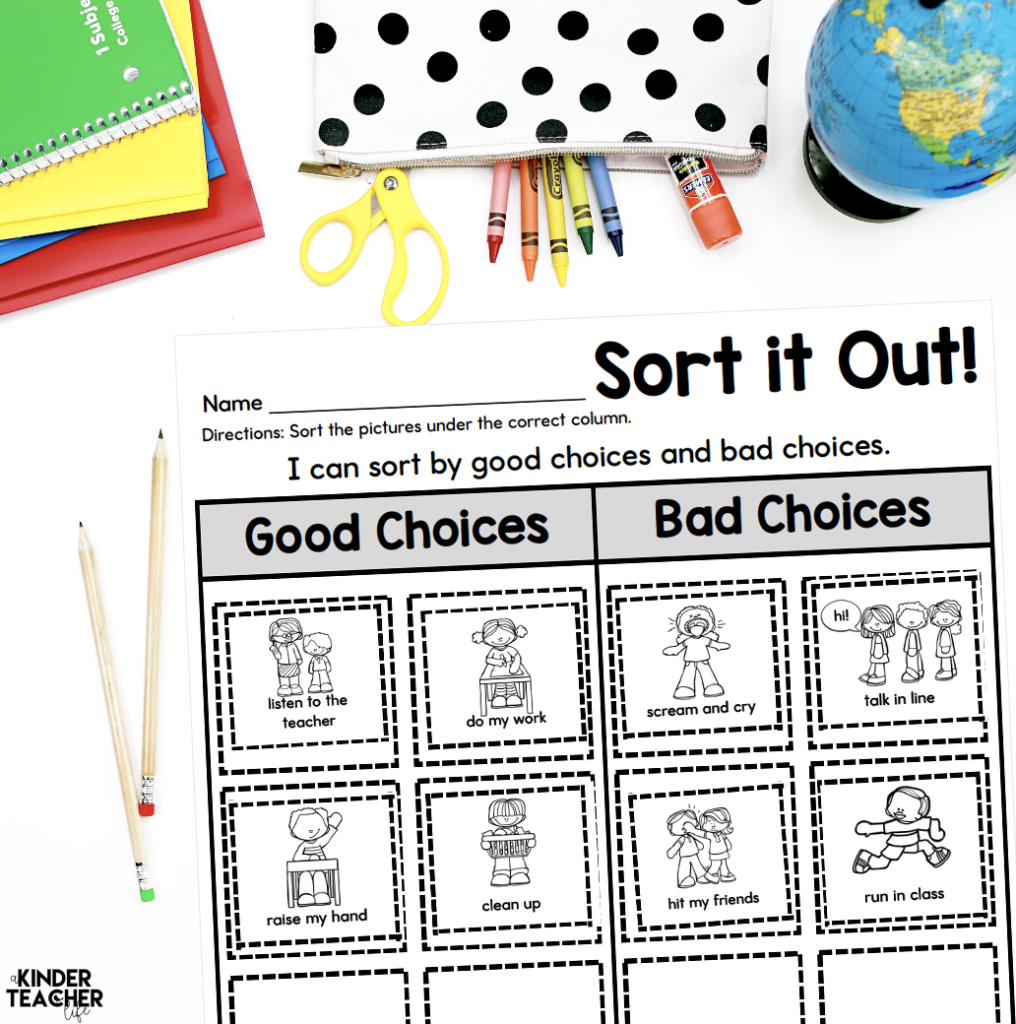
If you notice that some students lack appropriate social behaviors, provide instruction and reinforce new, appropriate behaviors to replace those negative behaviors.
Collaborate with your student’s families
Family involvement could lead to a positive outcome when dealing with behavior problems. Families can provide additional information or strategies to help reduce some disruptive behaviors in the classroom. Work with families to develop a plan to support students when they are most disruptive. This can also lead to building solid and trusting relationships with their family. Family support is essential to student success.
What are some strategies that you use to help minimize disruptive behaviors? Let me know in the comments’ section below.
Best,
Tee


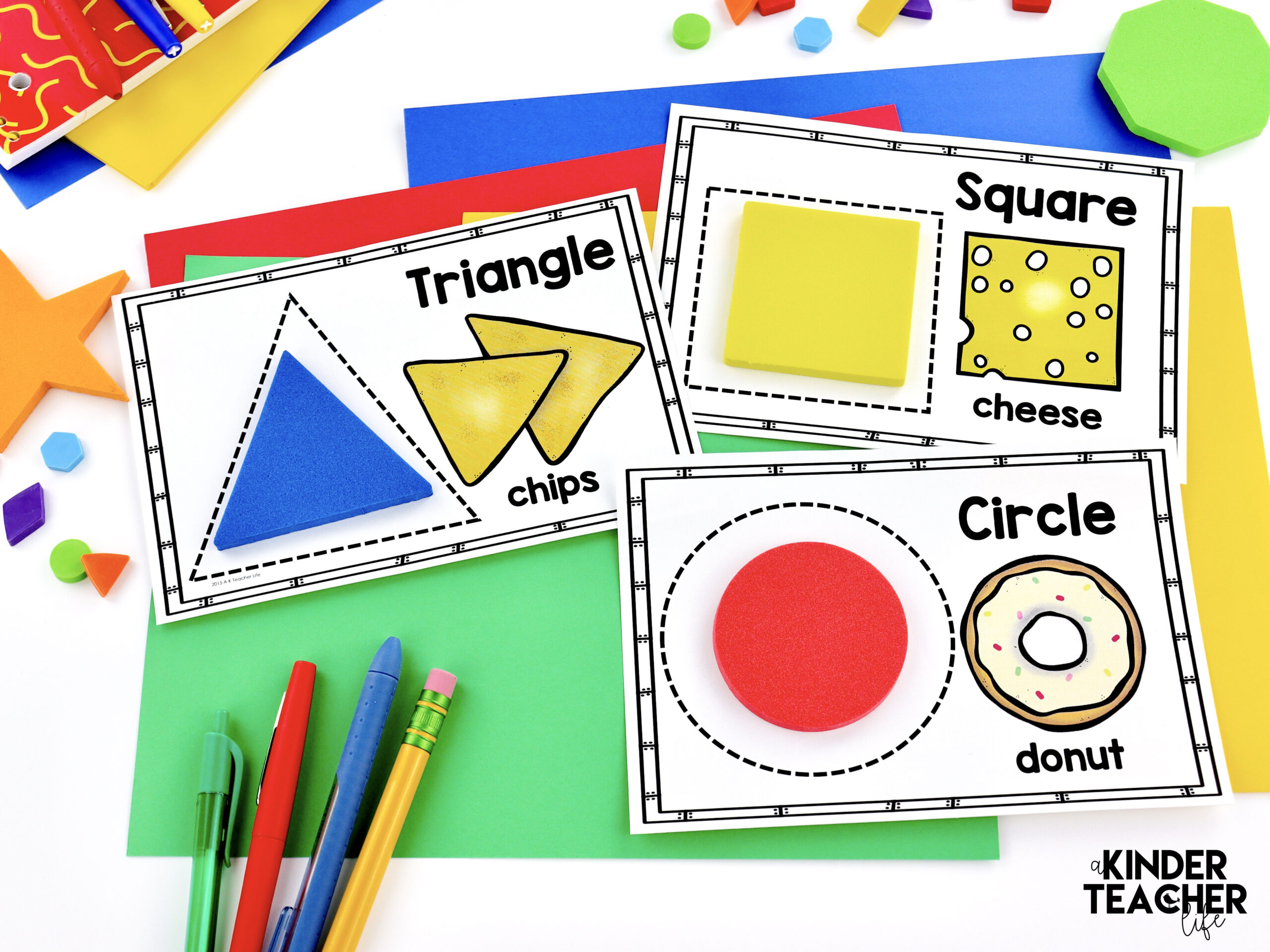
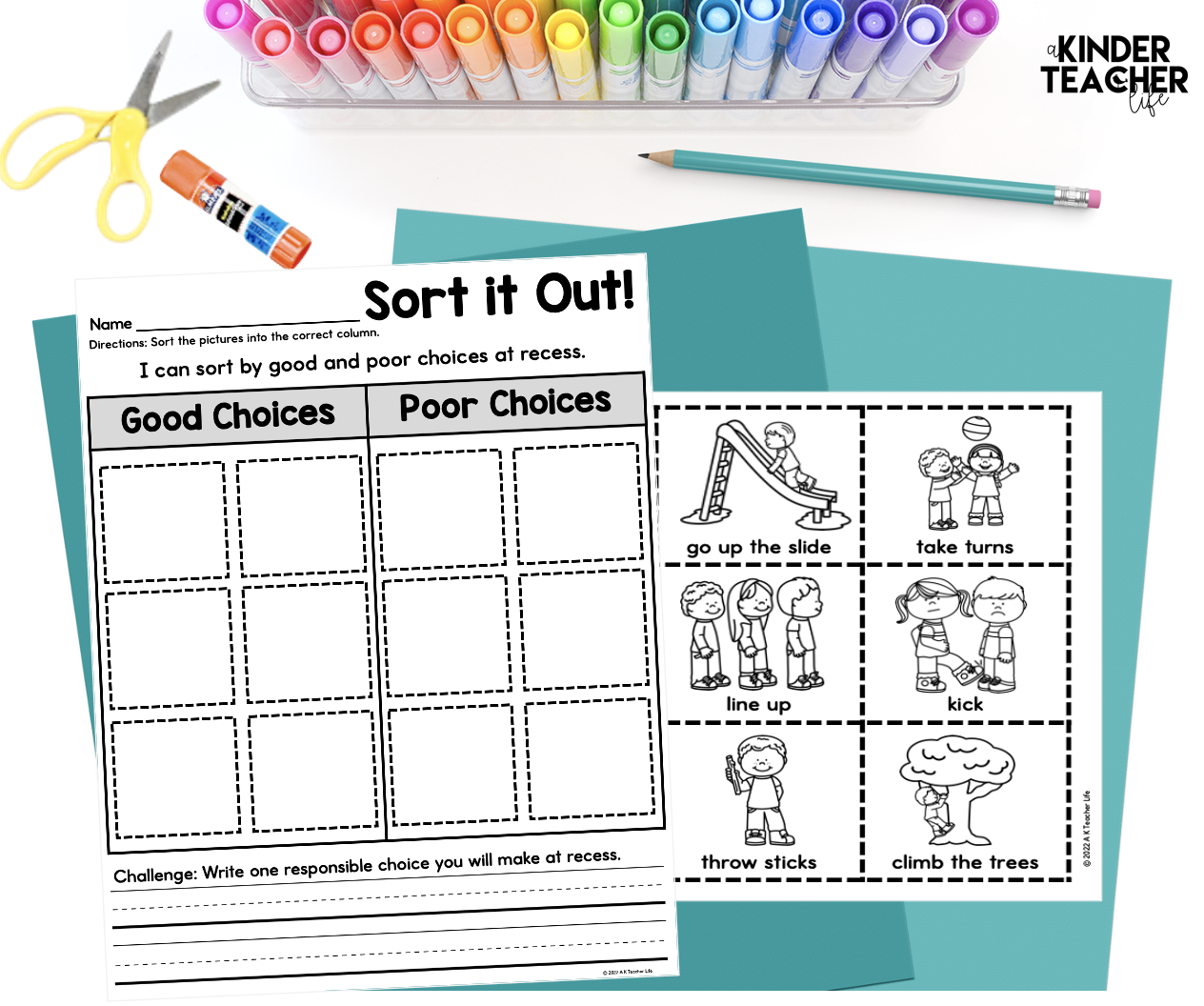

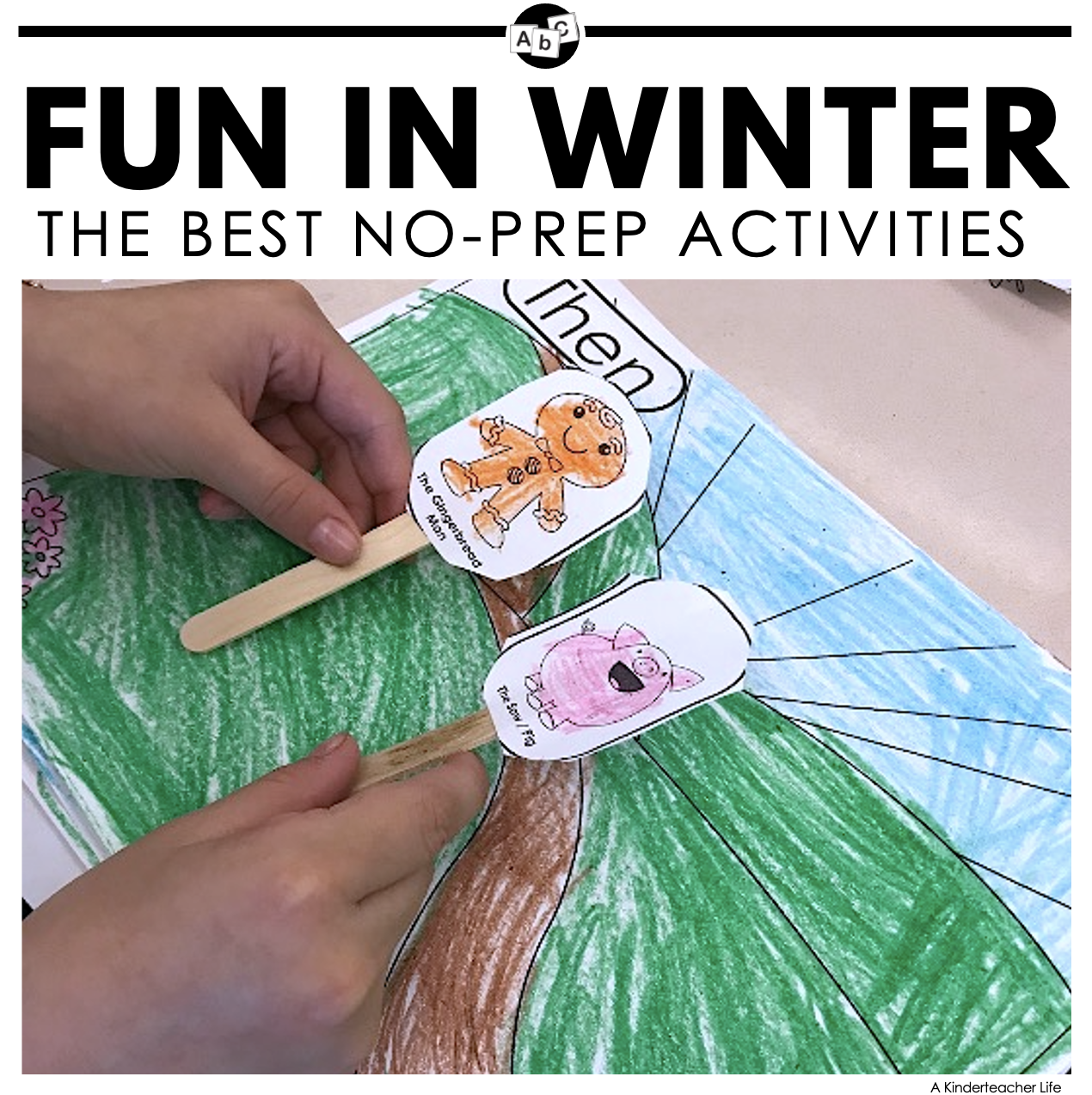
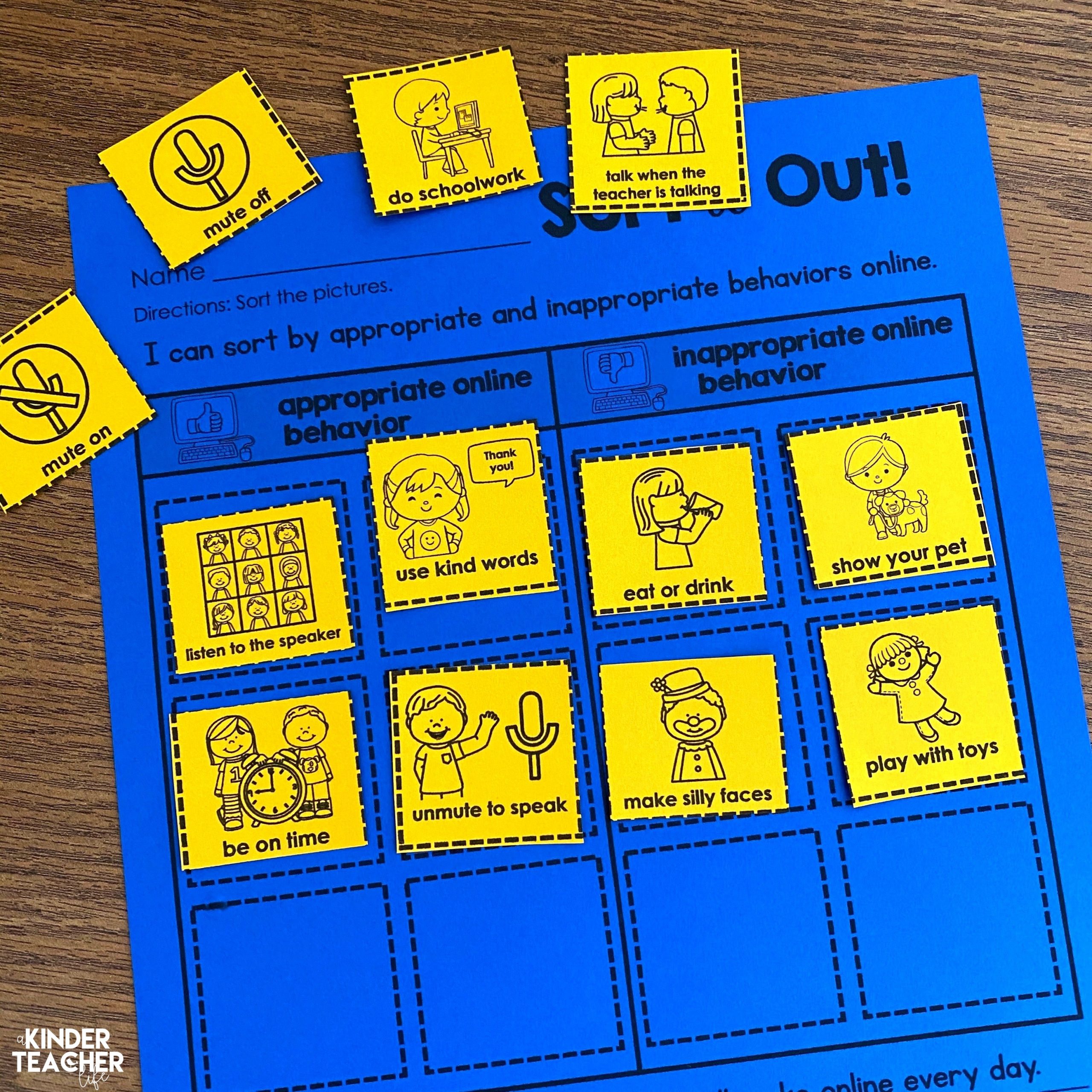

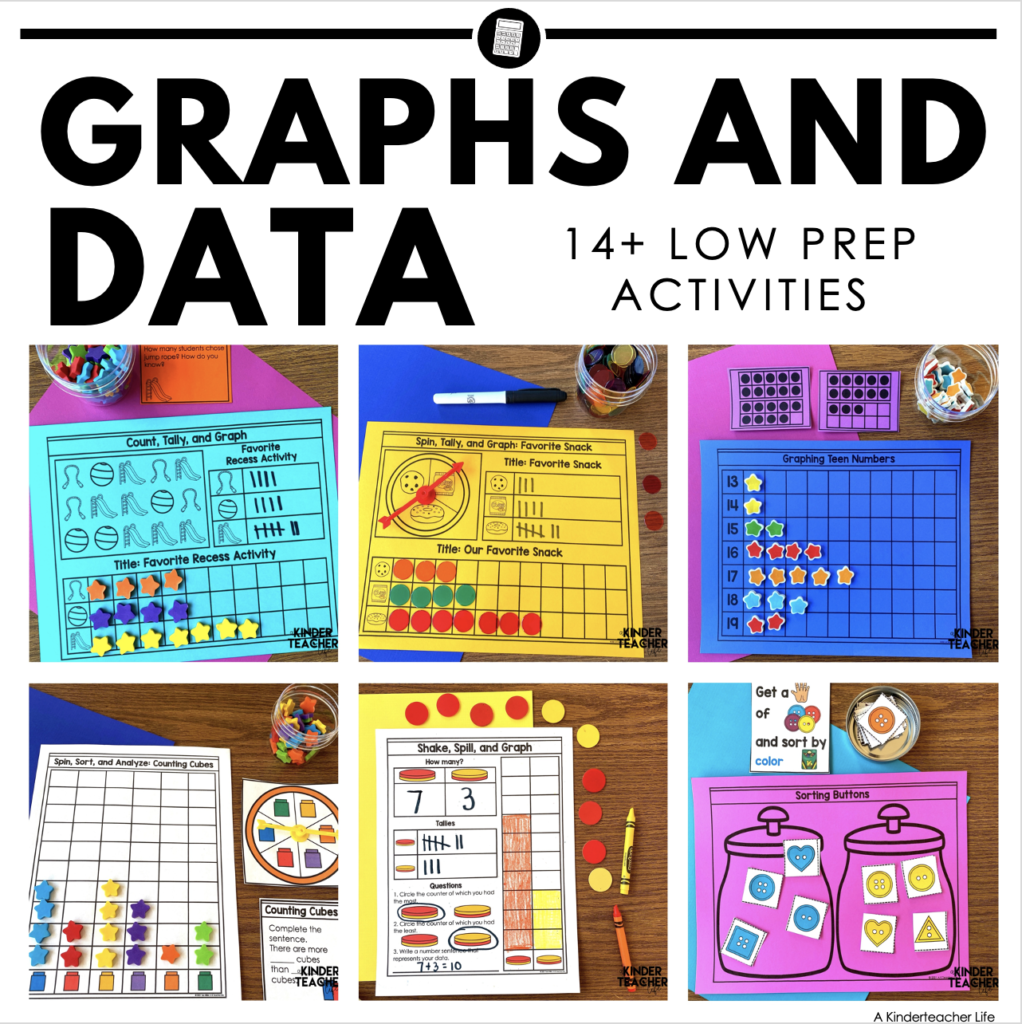
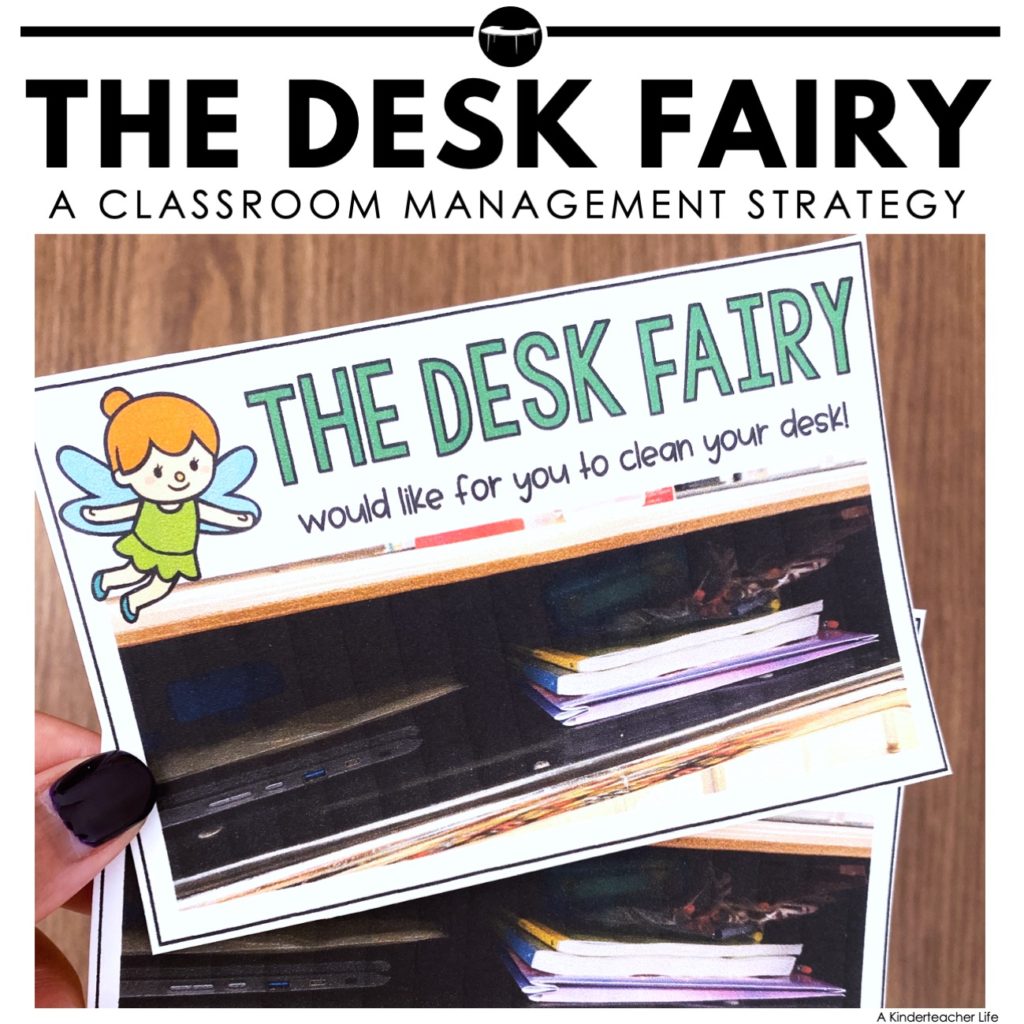

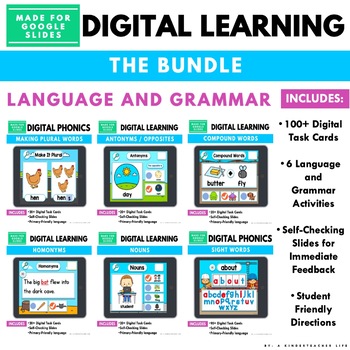
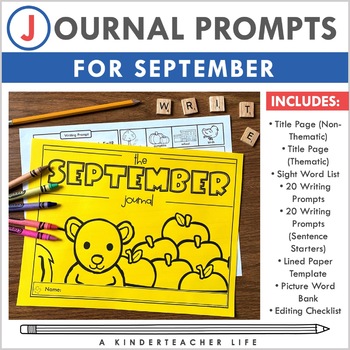
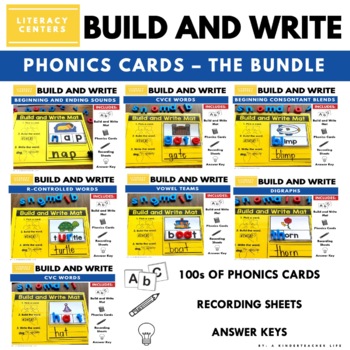

One Comment